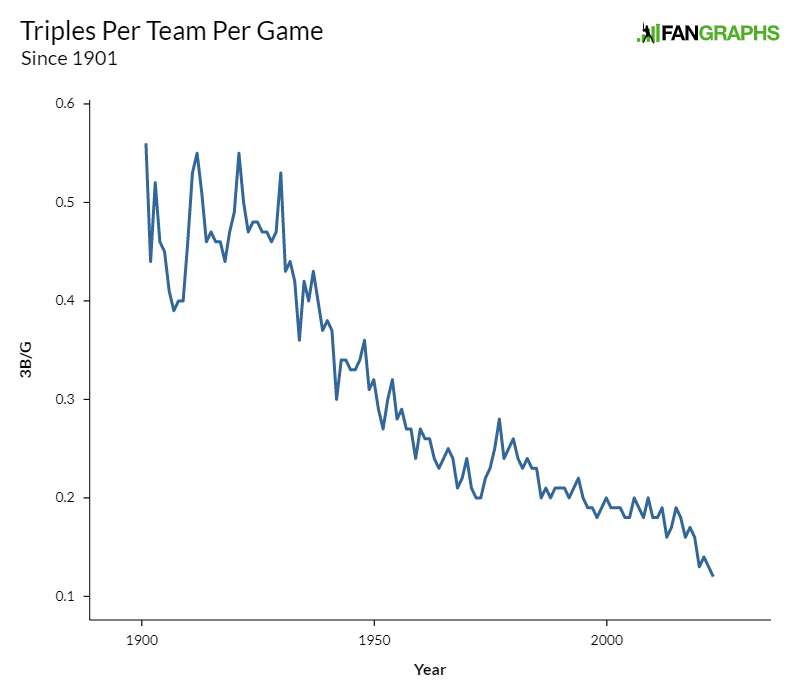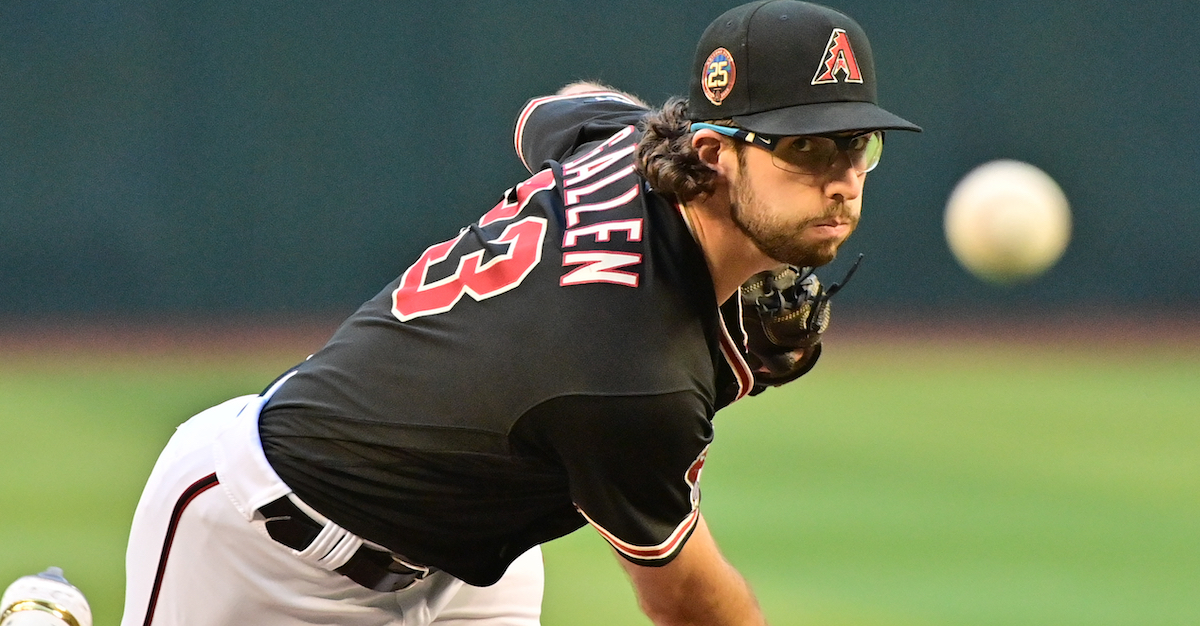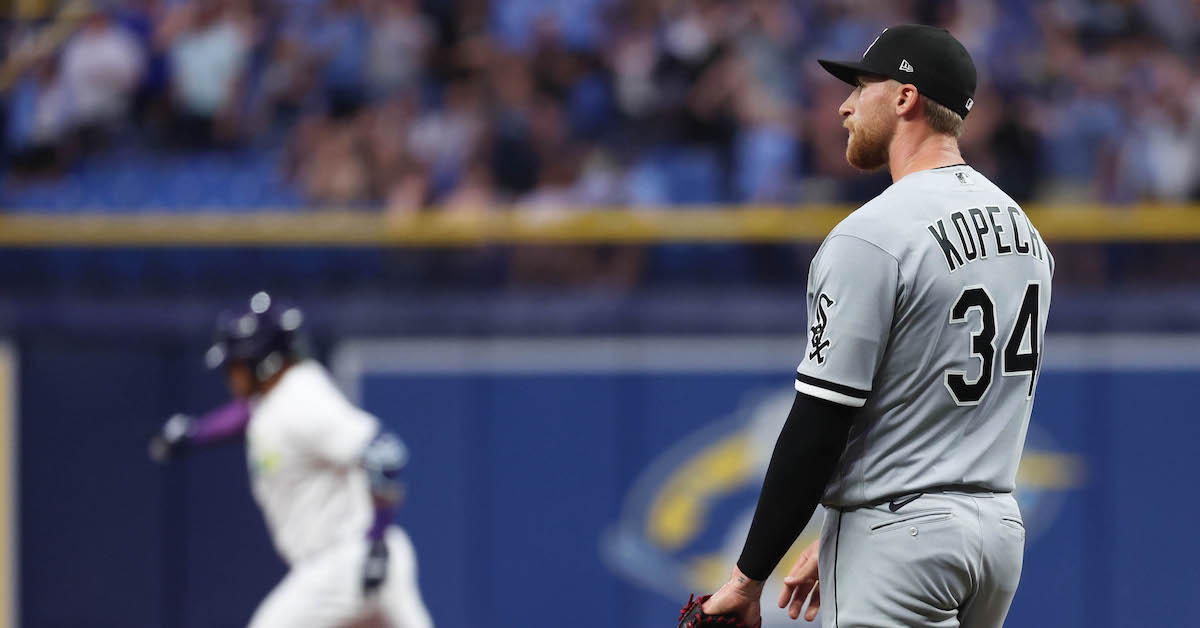What Would it Take For MLB to Force an Athletics Sale?

Owning a baseball team isn’t work in any meaningful sense. If it were, John J. Fisher would be out of a job by now. Fisher’s Athletics are on pace to have the worst single-season record of any AL or NL team since 1899. It’s not even June yet and they’re 24 1/2 games out of first place and 18 games out of third. Their 4-23 record in divisional play has floated every other team in the AL West over .500. Only one qualified starter, Jordan Lyles, has an ERA worse than Oakland’s team ERA. The baseball stinks, and ironically, A’s fans are seeing more of it anyone else. There is no rest for the weary.
The story of professional baseball since the 2010s has been that of a divorce between competitive and financial incentives. Winning does not beget profit; quite the opposite in some cases. But even as a commercial enterprise, the Athletics have been an astonishing failure. Their attendance is the worst in the league by far, with some midweek games against uninspiring opponents drawing as few as 2,000 paying customers. After a blowout win in Oakland over the weekend, the Astros’ social media team tweeted “10 runs in front of tens of fans” in reference to the pitiable attendance at the Coliseum.
There’s a long tradition of fans (or operatives, in this case) of big-market teams mocking their counterparts who cheer for less successful clubs by tweeting pictures of empty seats. It predates the idiom “poverty franchise,” but carries the same sentiment. Look at this worthless team of losers and the uncommitted dilettantes who can’t be bothered to cheer them on. Surely our greater commitment will be rewarded by the baseball gods, they say.
That brand of banter is increasingly viewed as impolite, and not just because it wasn’t long ago that the Astros lost 100 games a year with no one in the stands to witness their ineptitude. It’s because more and more, owners like Fisher are making clear that unwavering allegiance is folly. Read the rest of this entry »









